Corporate Finance Case Study Analysis for MBA Fin701 Course
VerifiedAdded on 2022/09/16
|5
|618
|18
Case Study
AI Summary
This case study analysis focuses on the financial viability of a new plant within a corporate finance context. It evaluates the project's feasibility using net present value (NPV), internal rate of return (IRR), and profitability index, concluding that the project is suitable for investment due to a positive NPV, an IRR higher than the cost of capital, and a profitability index greater than 1. The analysis further explores sensitivity analysis, examining how changes in sales growth rates impact the NPV and IRR. The analysis demonstrates a direct relationship between growth rate and NPV, highlighting the significance of growth in determining annual cash flows. References to relevant academic literature are also provided to support the analysis.
1 out of 5
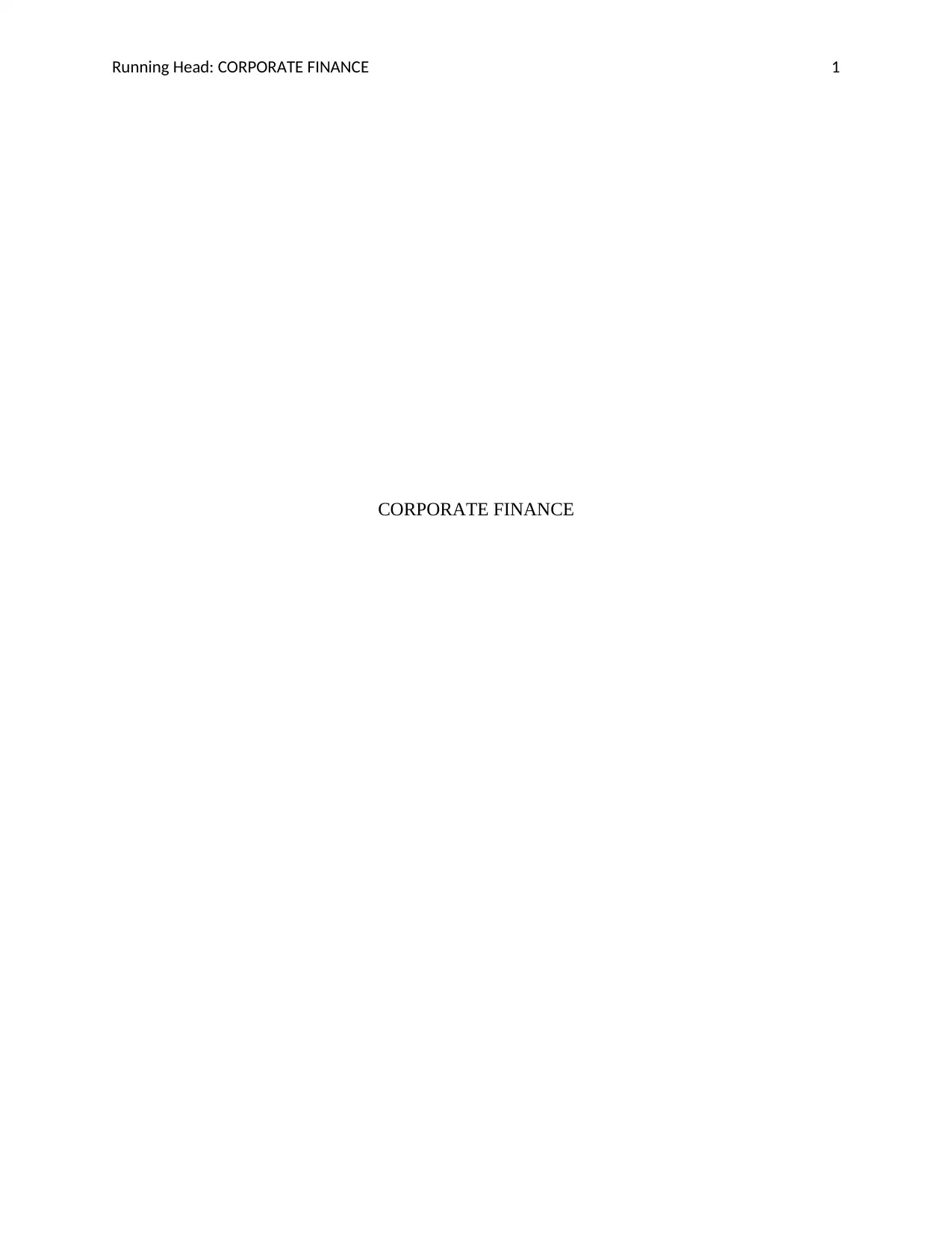
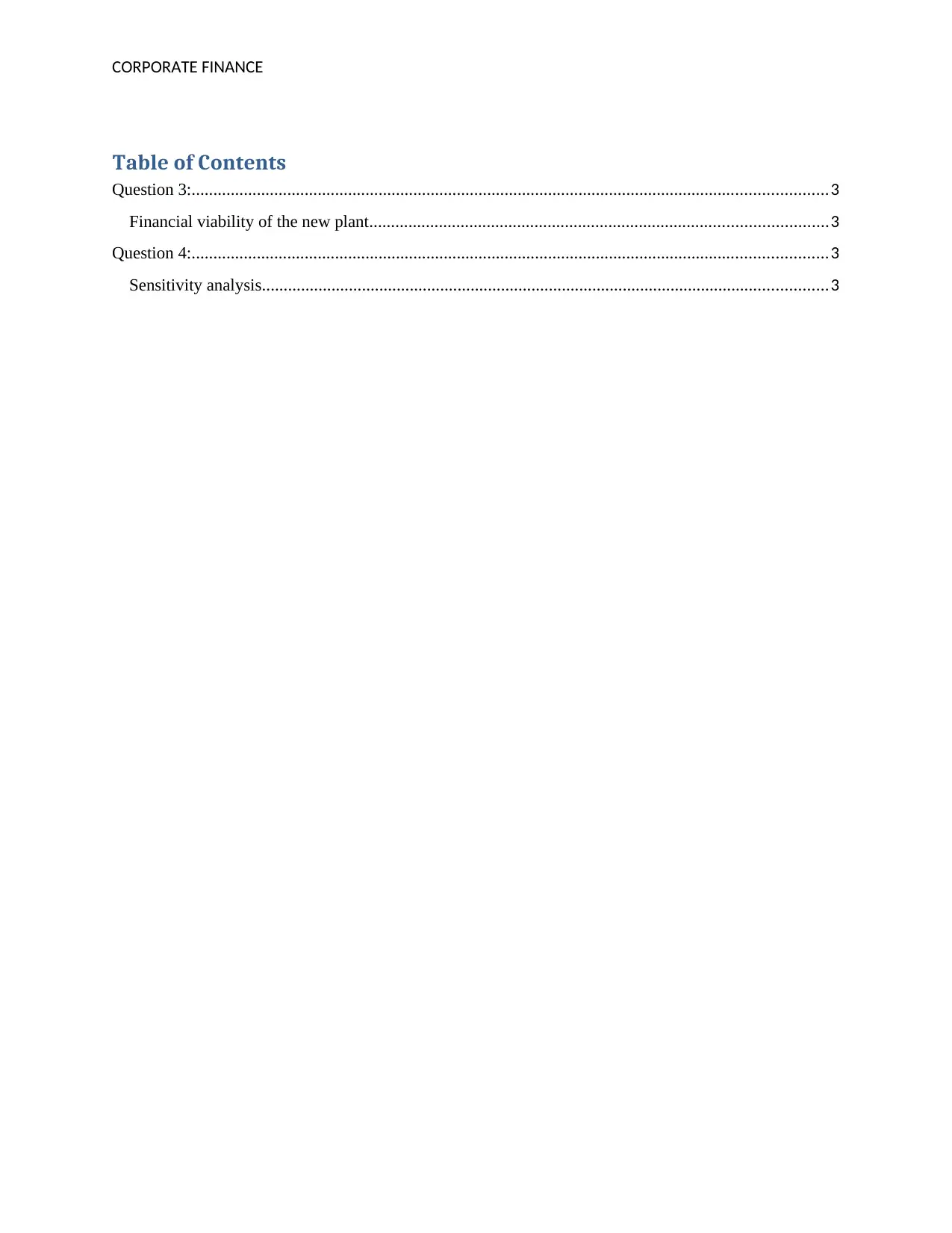
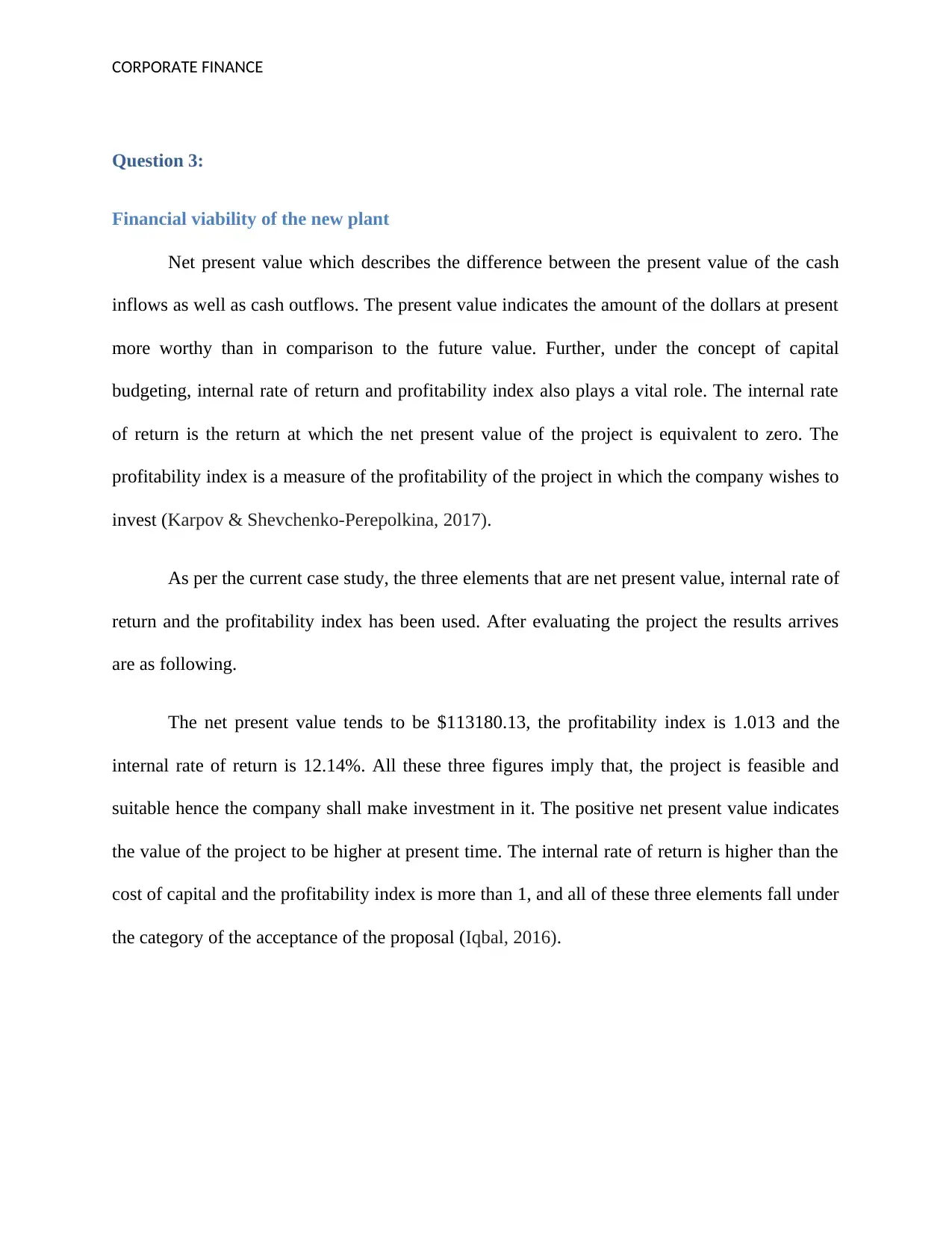

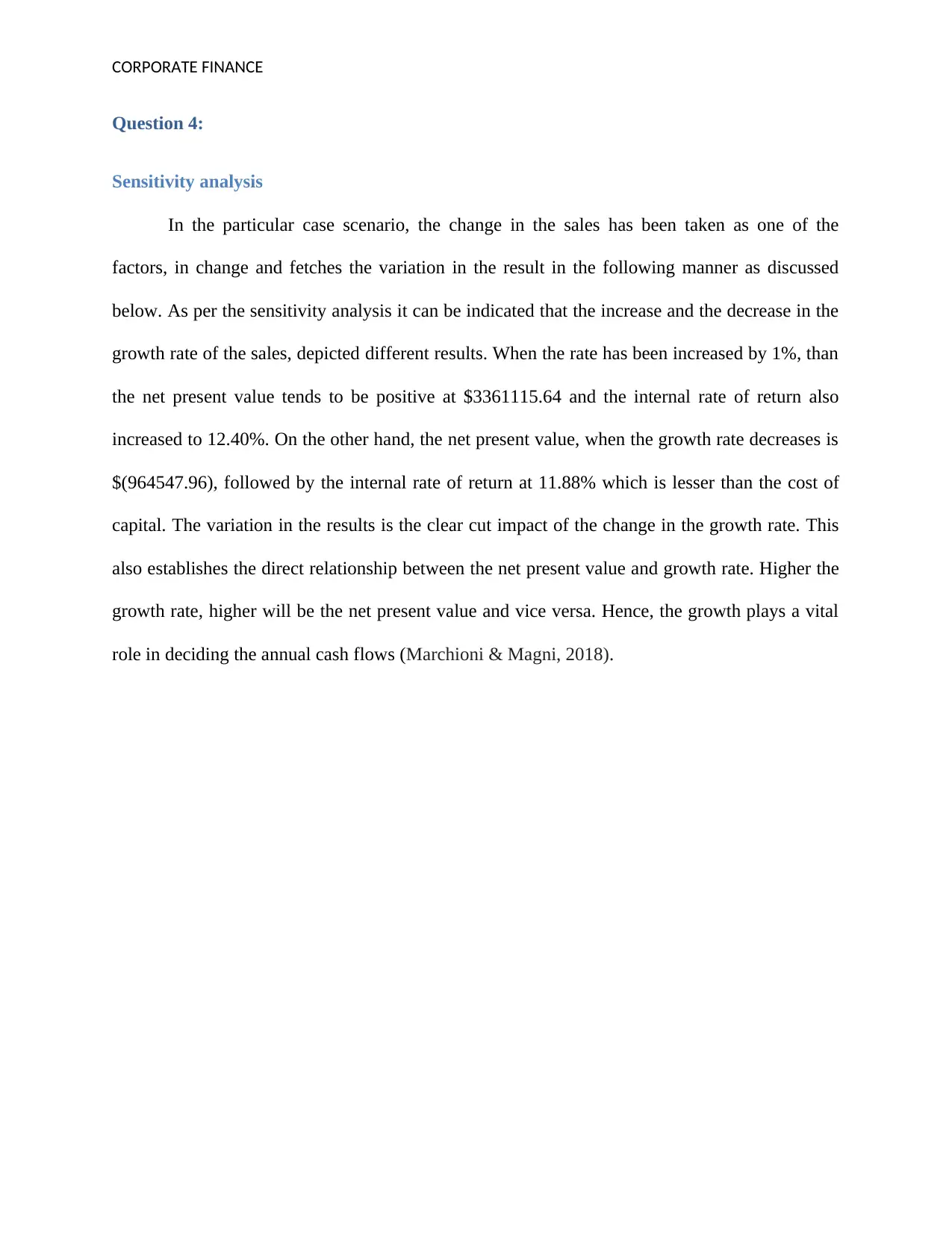
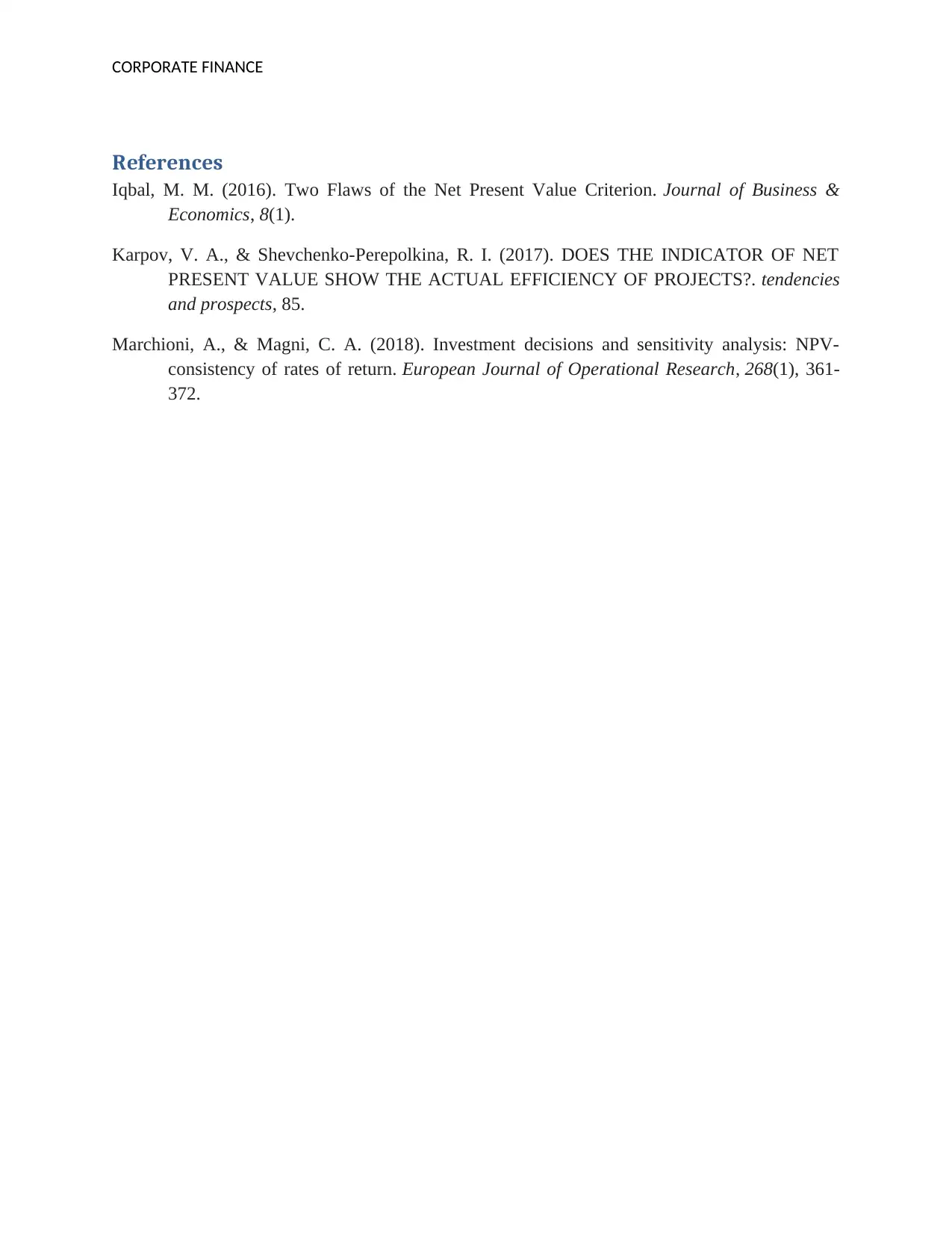






![[object Object]](/_next/static/media/star-bottom.7253800d.svg)